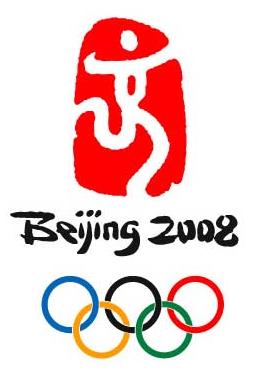Living and exercising with style in the sportswear market in China

Even though the broader apparel market in China is slowing, growing only by 0.8% year-over-year in January to June 2024, sportswear is an exception. As Chinese consumers prioritize health and leisure, they are spending more on sportswear. In 2023, the sportswear market in China reached RMB 492.6 billion (USD 68.8 billion), and it is projected […]
The athleisure market in China: opportunities in an increasingly active country

Athleisure is a fusion of fashion and athletic apparel, fit for a wide variety of occasions, such as at work, school, socializing, and of course, a variety of workouts. People dressing in athleisure clothes often present an active healthy lifestyle, 35.1% of individuals opted for regular exercise as their means of maintaining health in 2022. Download […]
From local success to global player: ANTA’s strategic blend of tradition, innovation, and sustainability

ANTA(安踏), a prominent player in the Chinese sportswear market, has secured a notable position second only to Nike with revenue reaching RMB 29.6 billion in 2023. The sale is mainly from sports apparel and footwear segment. The company recorded a substantial revenue of RMB 11.1 billion from sports apparel sales, marking a notable increase from […]
Li Ning in China: leveraging national confidence to win young Chinese consumers

Li Ning is a Chinese sportswear company founded in 1990 by the Chinese “prince of gymnastics” Li Ning (李宁). In recent years, the brand has seen its sales skyrocket and its patriotic designs gain popularity, especially among new generations. The enhanced Chinese nationalism combined with the surge of the sports market following the COVID-19 pandemic […]
Behind Puma’s growth in China

Puma entered the Chinese market in 1999, opened its first branch in 2003, and has since introduced more than 2,000 stores in almost 600 cities in China. In January 2011, Puma acquired 100% of its long-term joint venture, Liberty China Holding Ltd, which has further strengthened its position in Greater China. Pre-pandemic, Puma in China […]
The strategy behind the colossal rise of Decathlon in China

Decathlon is both a manufacturer and retailer of sportswear and sports equipment based in France. Shipping worldwide, it is the largest sporting goods retailer in the world with 1,696 stores in 59 countries as of December 2020. Among them, China represents a massive market for the company. Present in China since 2003, Decathlon had 313 […]
Ruffley, slimming and modest, what social listening taught us about Chinese women’s swimwear preferences

As part of China’s State Council national strategic policy, the target was set for the gross output of the sport industry to generate approximately USD 815 billion per annum by 2025. Coupled with swimming as a new status symbol in China, the question of Chinese women’s swimwear preferences is important for swimwear brands who understand […]
Maia Active: An Asian women-oriented active-wear brand

Maia Active was founded in 2016 by Lisa Ou and Mia Wang and is a Chinese designer sportswear brand for Asian women. Through the development of technical sports fabrics and the use of fashionable elements and colors, the Chinese fitness apparel brand designs active-wear that fits Asian bodies and is regarded as a fashionable brand. […]
China Paradigm transcript #96: The reality of brand building in China’s golf industry

Find here the China paradigm episode 96. In this interview, with Guillaume Sergent, founder and CEO at Ailion Golf, you will discover the paradox of China’s golf industry and what it takes to develop a French golf brand in China. Full transcript below: Hello everyone. This is China Paradigm, where we, Daxue Consulting interview season […]
Localizing international swimwear for Chinese consumers’ preferences

The demand for swimwear in China has increased considerably in recent years, adding to an already formidable Asian swimsuit market. China is the fastest growing swimwear market in Asia, with an average of 9.6% annual market growth. This flourishing market is driven by the increase in disposable income that accompanies the ongoing Chinese economic boom. […]
The market for sport clothes in China

The market for sport clothes is extremely competitive in China The market for sport clothes in China has been expanding at a rate of 6.5% for the past years. The main players in the market are both foreign and domestic companies, what makes competition fiercer. Domestic producers need to compete with foreign brands, such as […]
Marketing research: Olympics and sportswear brands in China

The Link Between the Olympics and Chinese Sportswear Brands It is indisputable that the Olympic Games provide vast potential gains for sportswear brands worldwide because of the publicity the sportswear brand receives during the globally watched sporting event. Especially, as China has been performing exceptionally in consecutive Olympic Games and is expected to continue to […]

